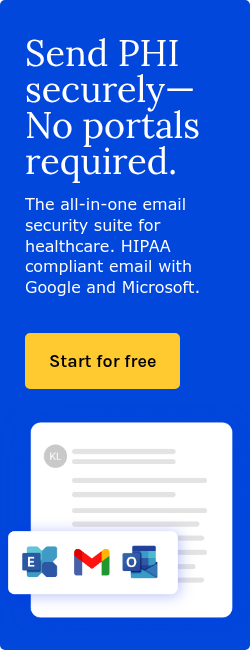1 min read
Patient relationship management: What you need to know
Kirsten Peremore
February 04, 2023

Research has shown that stronger patient-provider relations correlate with improved adherence to treatment plans and greater patient satisfaction. Prioritizing this relationship through patient relations management allows for a logical approach that serves to yield improved outcomes.
The value of the patient-provider relationship
Providers who listen attentively and explain medical information help patients understand their conditions and the options available to them. The collaborative approach prevents a traditional authoritarian model that is commonly associated with healthcare shifting toward patients behaving as active participants in their care. A study published in the Patient Experience Journal notes, “When patients feel valued they are likely to be more understanding of clinic practices that accommodate real-time demands.”
Patient relationship management (PRM) acts as a strategic approach to managing these relationships throughout the care continuum. It operates through the use of technology and data analytics to streamline communication in a way that facilitates an improvement in personalized interactions. Through personalization, communication can serve to enhance patient engagement directly.
How it operates in healthcare
- PRM starts with the collection and organizing protected health information (PHI) to create patient profiles.
- Providers use patient data to personalize interactions, care plans, and communications to individual patient needs.
- PRM encourages active patient participation in their healthcare through educational resources sent through secure means like HIPAA compliant email.
- Performance indicators related to patient satisfaction and operational efficiency are used to assess the success of PRM implementation.
How to use HIPAA compliant email to improve patient relationship management
Email serves as a tool for healthcare providers to maintain ongoing contact with patients outside traditional office visits. The patient profiles collected through PRM can be used to create tailored communications directed toward each patient's needs. For high-risk patients like those with chronic illnesses, the educational content sent through email provides a basis for clinical treatment decisions based on a complete understanding of their condition. WIth an improvement in patient comprehension of their medical options, providers can discuss in-depth decisions with the knowledge that patients can fully consent to treatment.
FAQs
What are the legal implications of patients not understanding their treatment options before giving consent?
If patients do not fully understand their treatment options before giving consent, it may lead to claims of informed consent violations, exposing healthcare providers to legal liability for failing to adequately inform patients about risks and alternatives.
Is authorization necessary to use PHI in personalized email content?
Authorization is necessary to use PHI in personalized emails used for marketing purposes.
How does patient satisfaction in healthcare differ from consumer satisfaction in business?
Patient satisfaction is mainly focused on the quality of care, communication with providers, and health outcomes.
Subscribe to Paubox Weekly
Every Friday we'll bring you the most important news from Paubox. Our aim is to make you smarter, faster.




